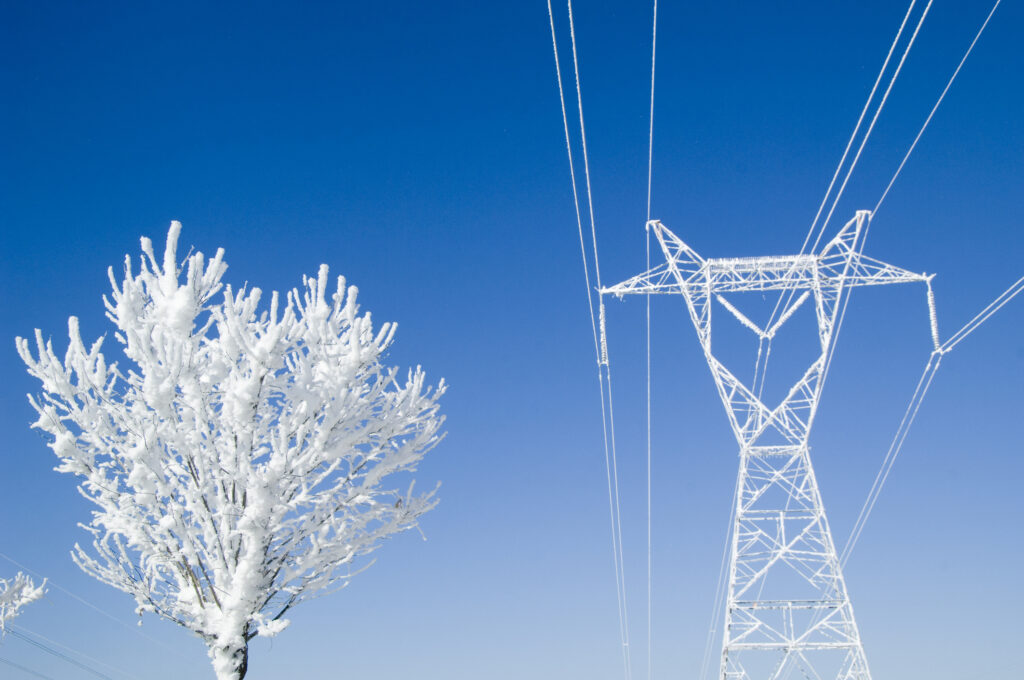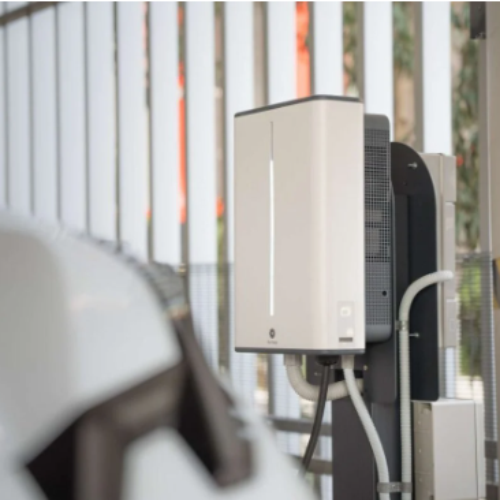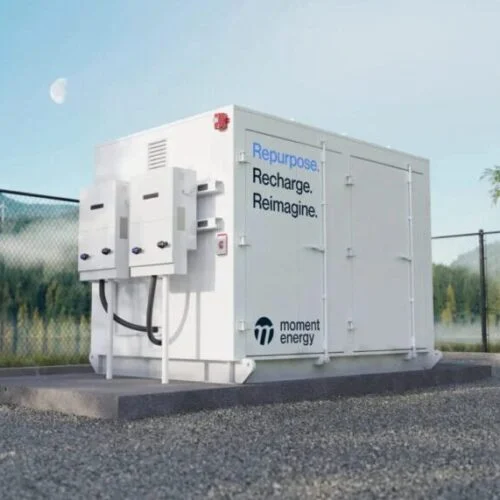Whilst power demand has started to recover, the impact of COVID-19 continues to be uncertain as the country moves into the winter period.
National Grid ESO’s Winter Outlook report, published today, draws to that central conclusion when discussing the changes in supply and demand and subsequent challenges in balancing the system expected to occur over the winter period.
Normalised transmission system demand is expected to peak at 44.7 GW, lower than the 46.4 GW forecast last winter. This does, however, include an average 5% reduction due to the effects of COVID-19, which is based upon what the ESO has experienced in recent months.
Weather corrected peak transmission system demand is also forecast to be lower than 2019 at 44.7 GW, and is based on the assumption that there will be 13.1GW of embedded solar capacity, 6.5GW of embedded wind, 750MW of base case interconnector exports, 600MW of transmission connected power station demand and no pumped storage.
“While electricity demand has recently started to recover to near normal levels, we anticipate continued uncertainty over the impact of the pandemic on our daily lives through the winter,” Fintan Slye, director of National Grid ESO, said.
The ESO did also touch on the end of the furlough period, which it said is likely to bring “some economic shock” but is unlikely to “have a great impact on demands”, with an estimated extra suppression of between 0% and 2%.
The de-rated underlying margin, meanwhile, is forecast to be 4.8GW, although this could soar to 6.1GW in a low demand scenario or drop to 3.5GW in a high demand scenario.
The base case figure of 4.8GW is down 1.3GW on 2019’s 7.1GW although a similar figure to 2018, and is equivalent to an underlying demand margin of 8.3%.
Whilst Slye said the ESO expects margins to remain within the reliability standard for safely and securely operating the system, they are expected to “vary through the winter – driven by many factors including generator outages, demand levels and renewable output levels”.
In particular, the ESO highlighted how generation outages and plant closures of up to 2.25GW are to bring a reduction in maximum technical generation capacity, leading to a drop in operational surplus.
Forward prices and interconnection
Gas is expected to be ahead of coal in the generation pecking order based on current forward fuel prices, with forward prices in Great Britain (GB) more expensive than those in continental Europe for the majority of the winter period.
More specifically, they are higher than those in the French, Dutch and Belgian markets, with similar import/export patterns expected over the corresponding interconnectors as last winter.
Whilst there may be some instances of exports to continental Europe, these are unlikely to be during peak times and if GB experienced any stress periods, the ESO expects GB prices to escalate and interconnectors to import.
On the subject of interconnection, National Grid ESO did address Brexit once again in its Winter Outlook, following on from its 2019 version of the document which stressed that the departure from the EU would have no impact on GB’s ability to meet energy demand. It has reaffirmed that expectation, stating that it expects interconnectors to “continue to flow and that we will be able to manage the system as at present”.
It acknowledged there will be changes to trading arrangements but added that this is not likely to have any material impact.
“In the highly unlikely event of no interconnector flows between GB and continental Europe we have the tools and capabilities to ensure security of supply,” the ESO finished.






